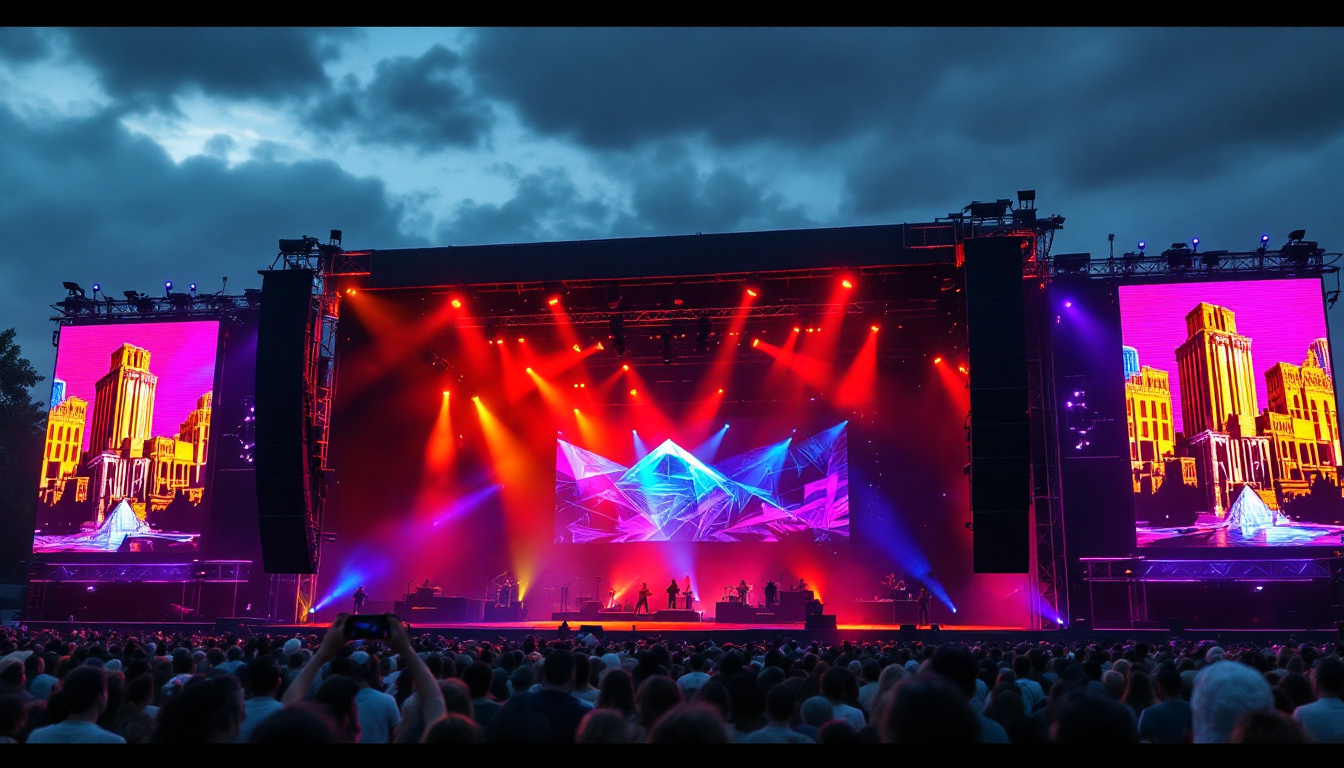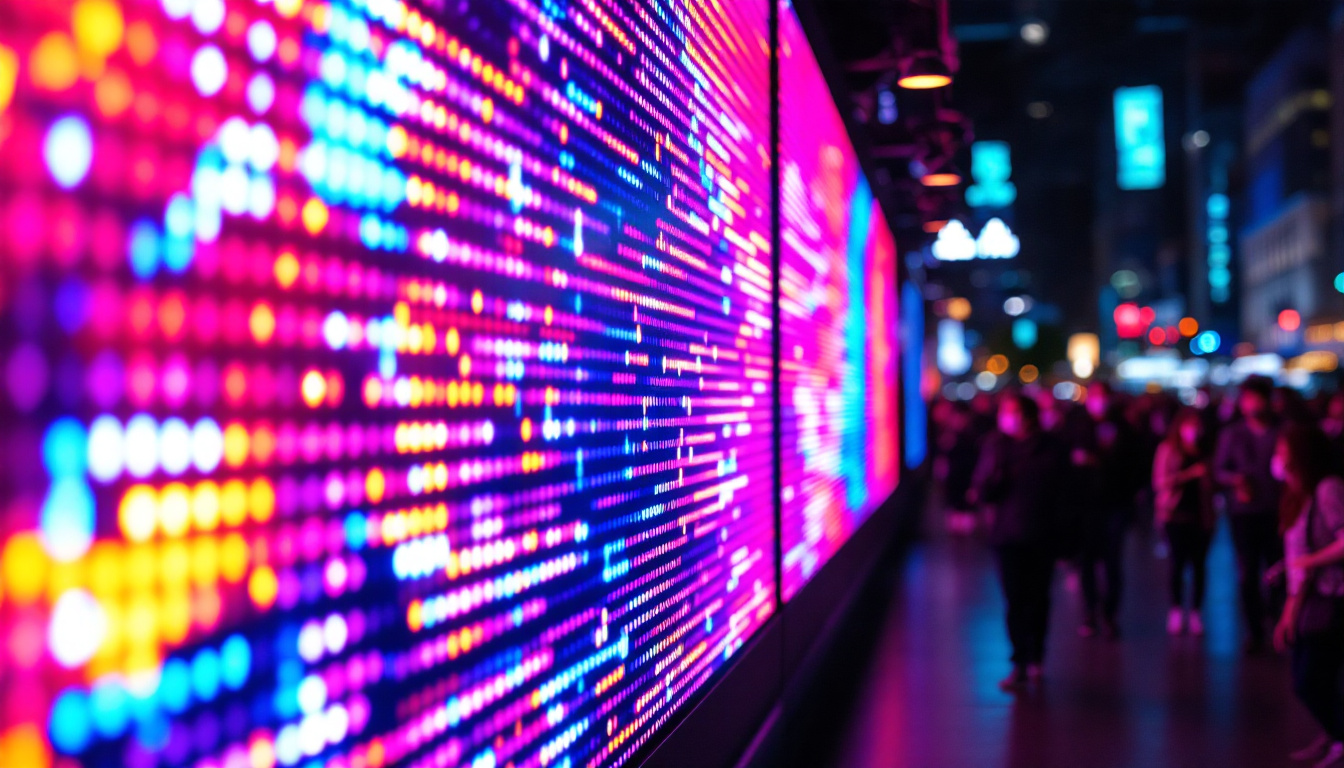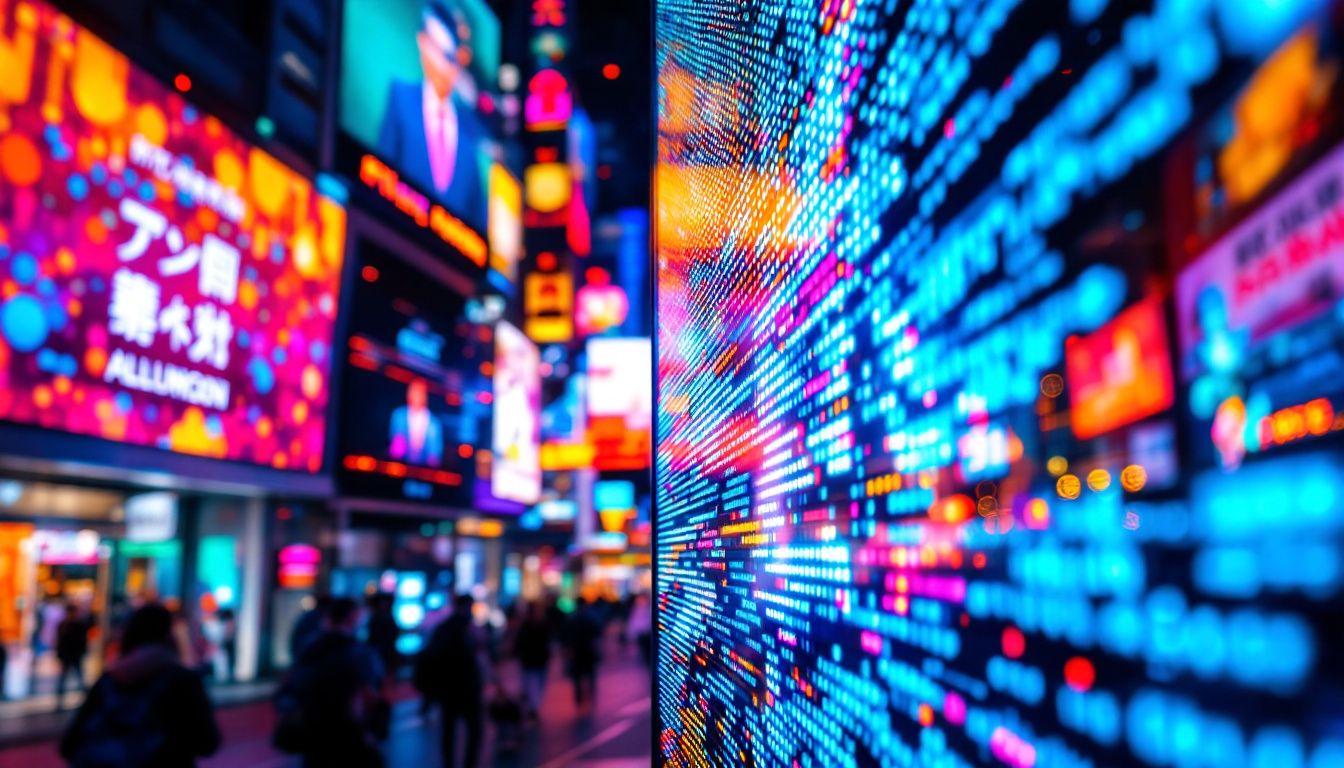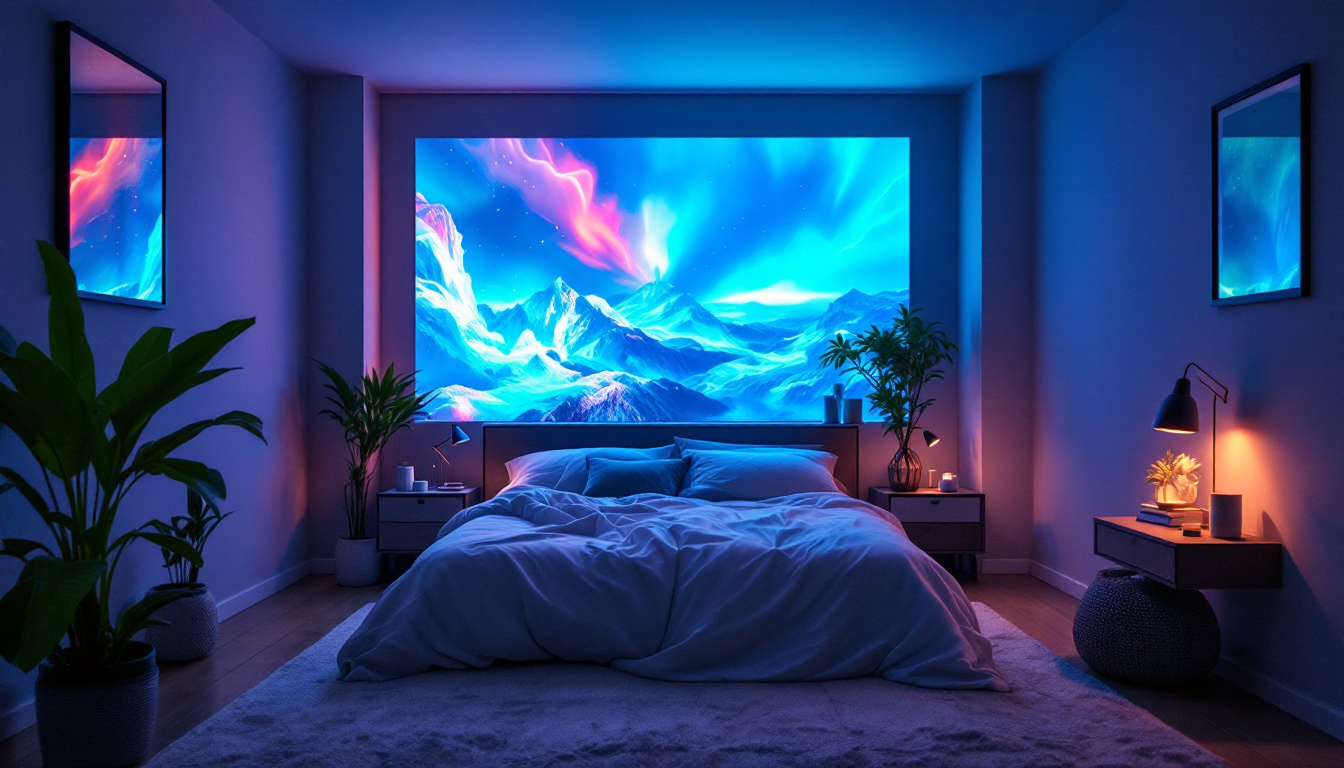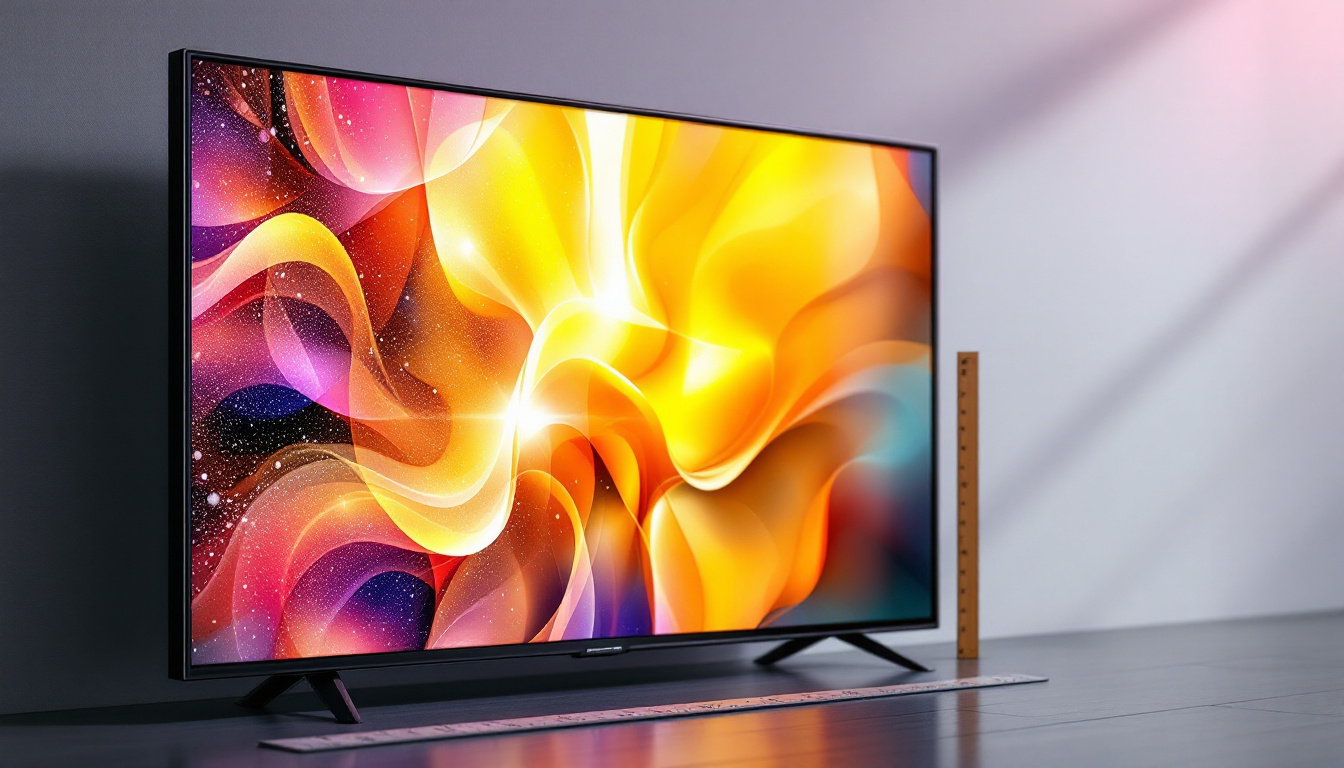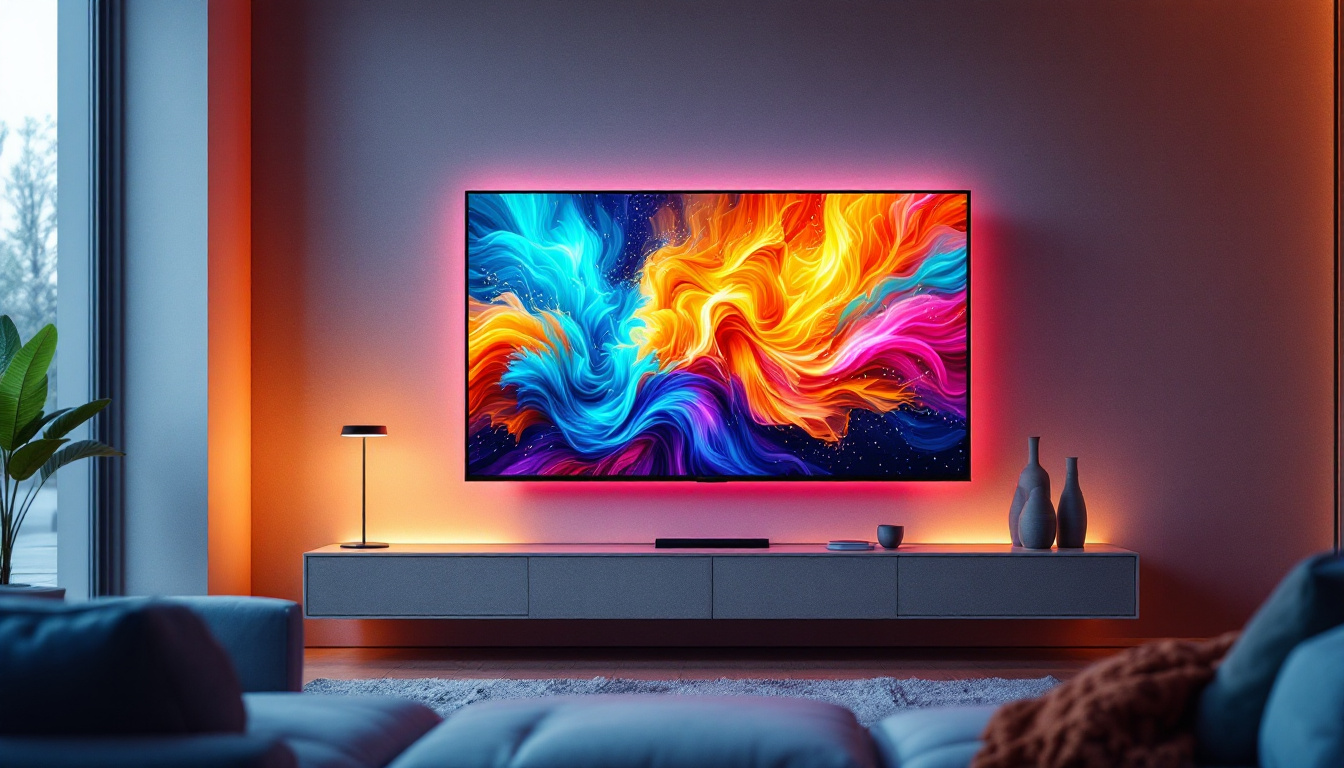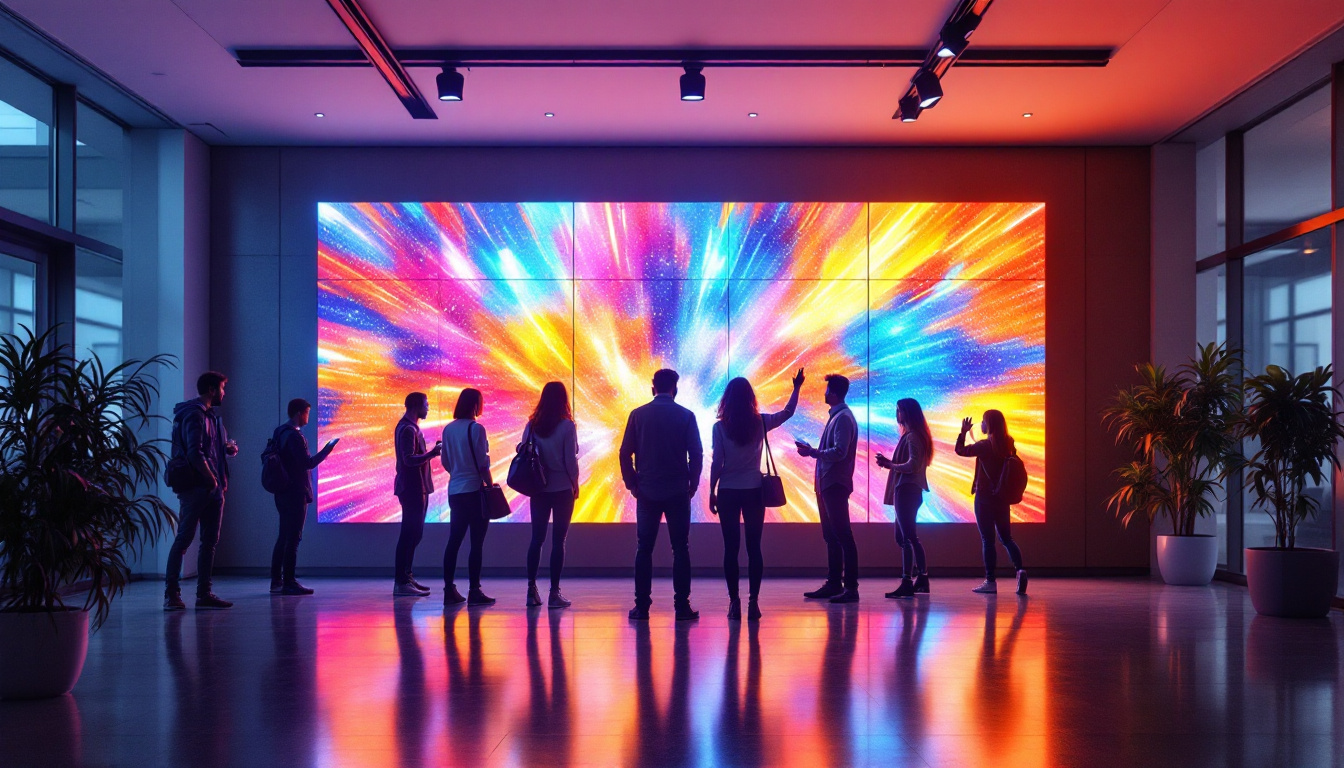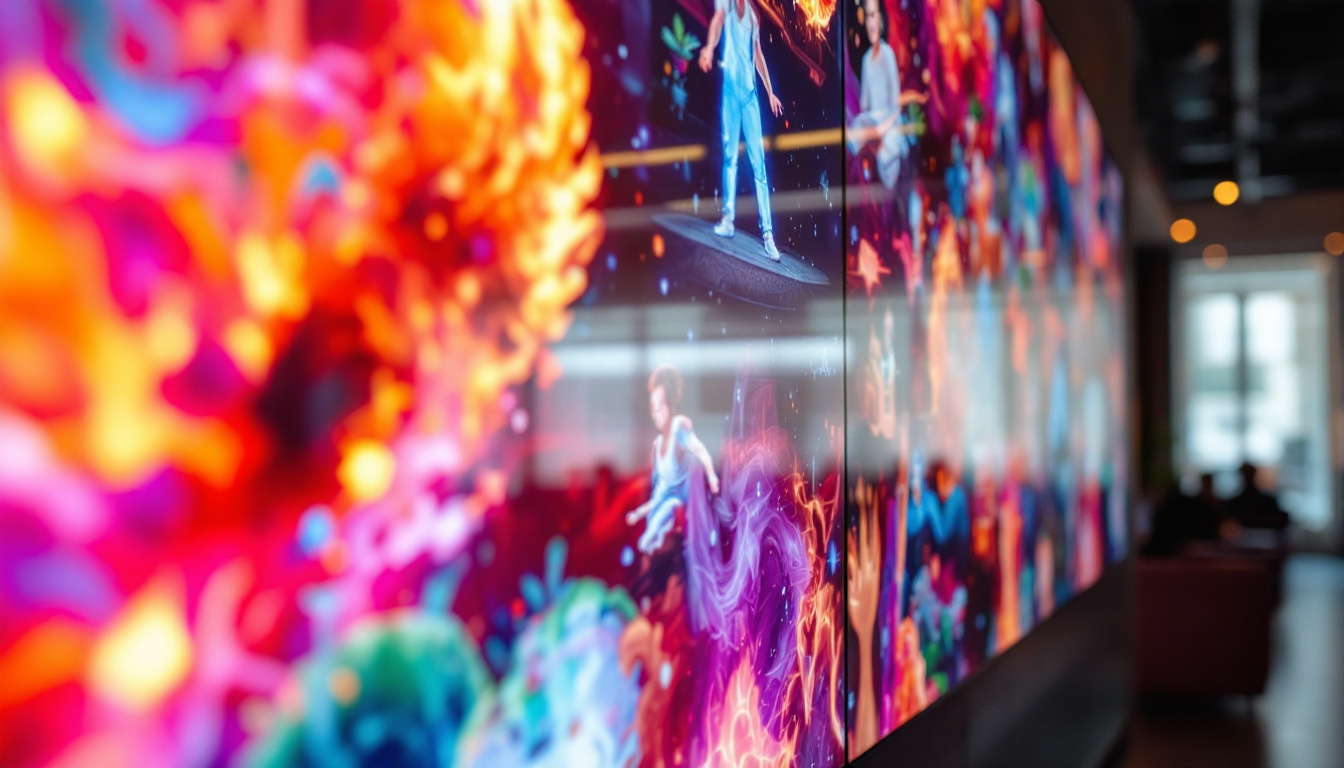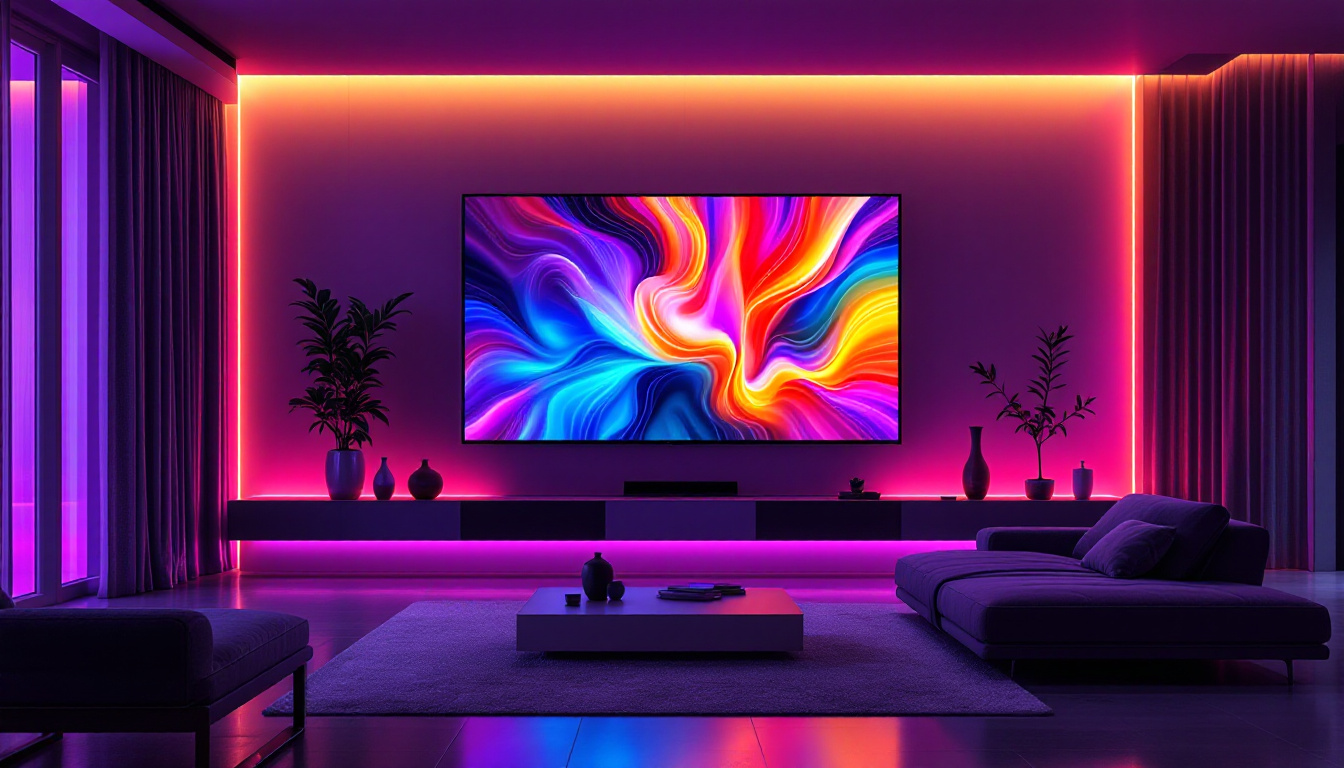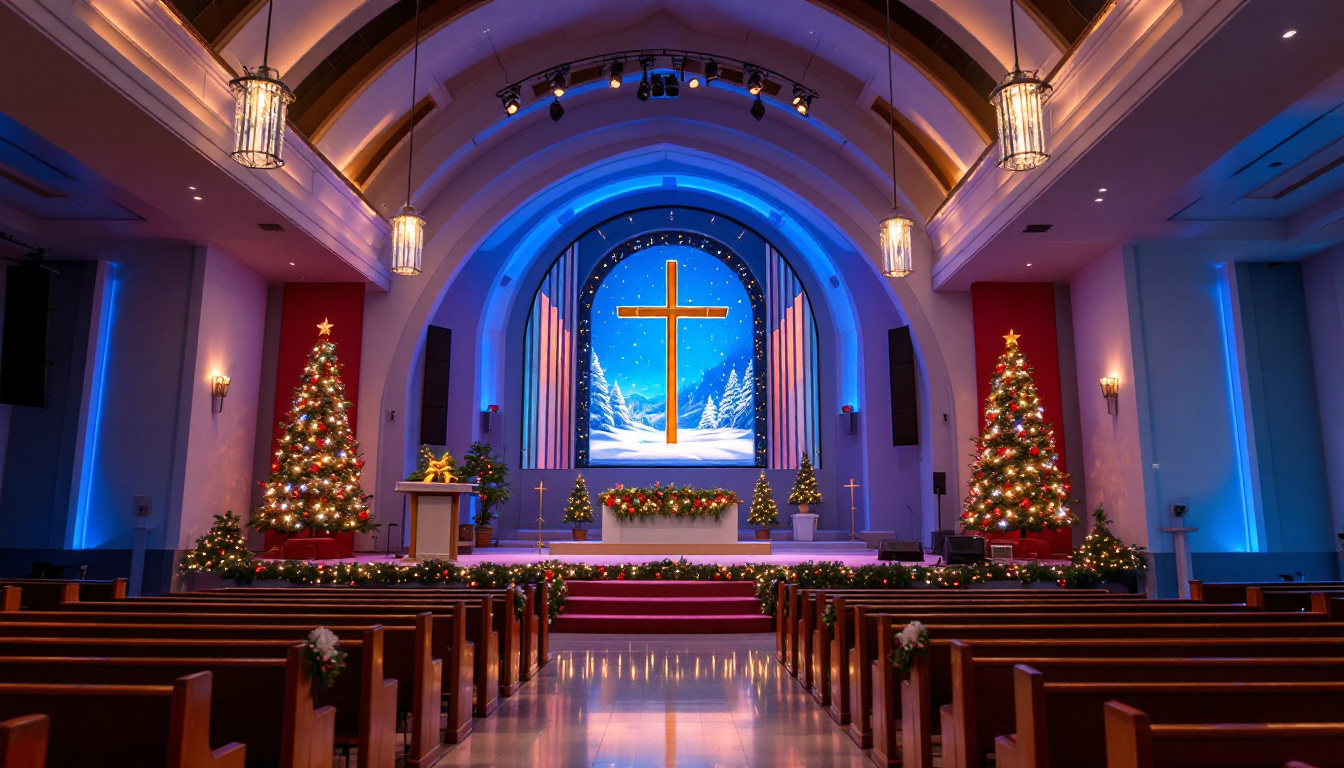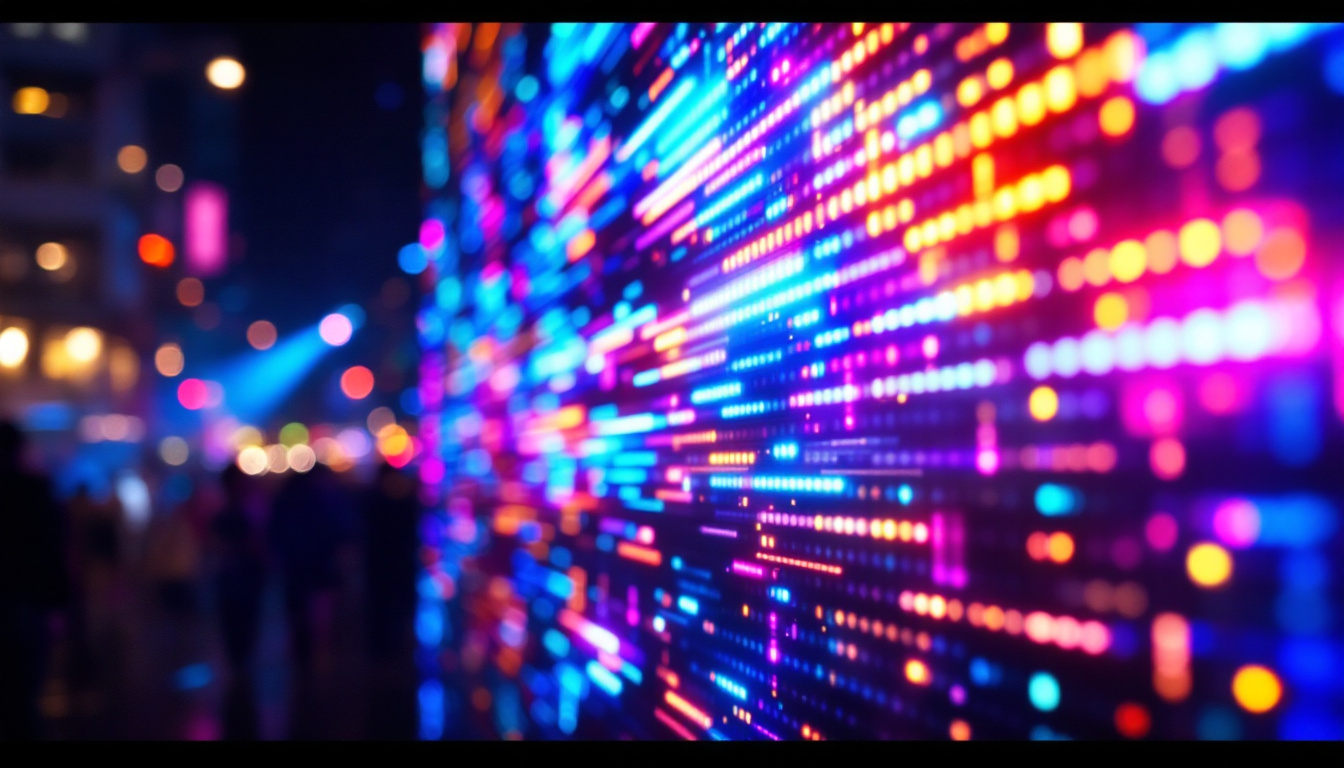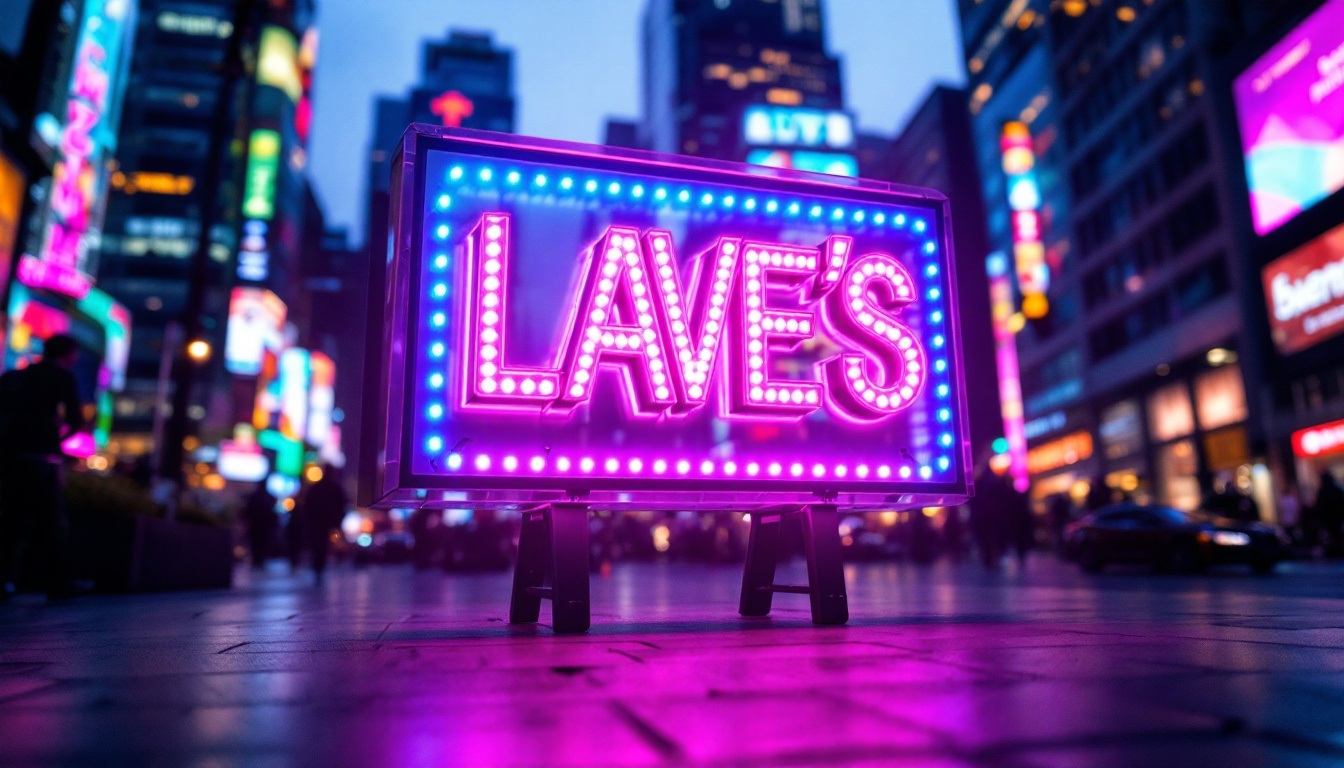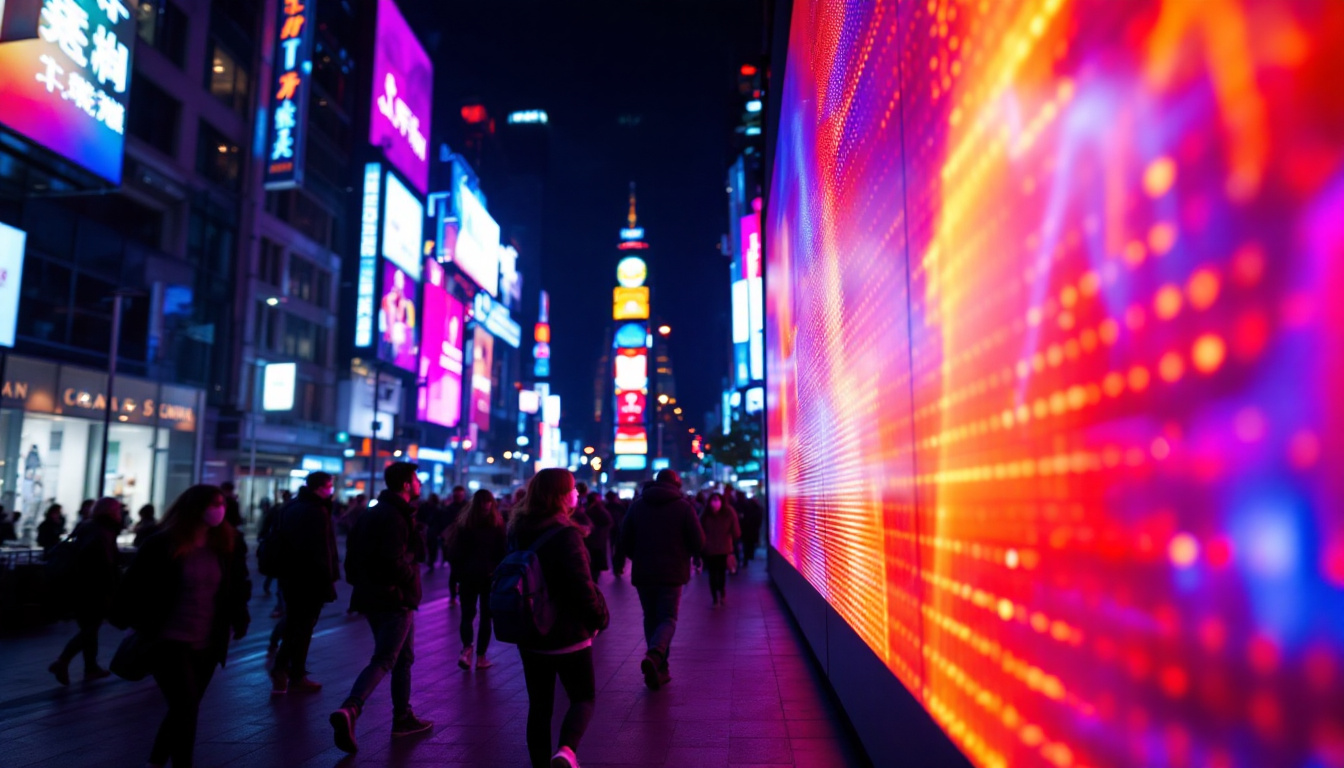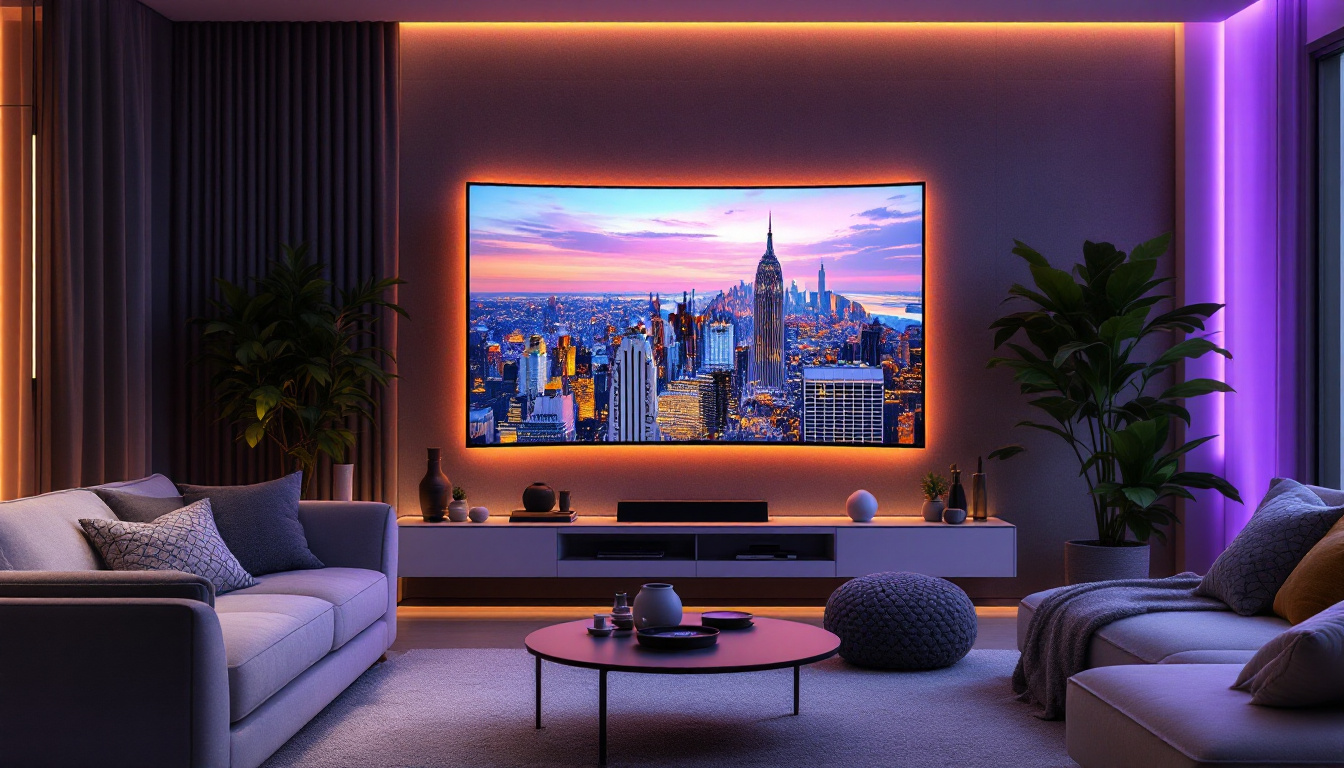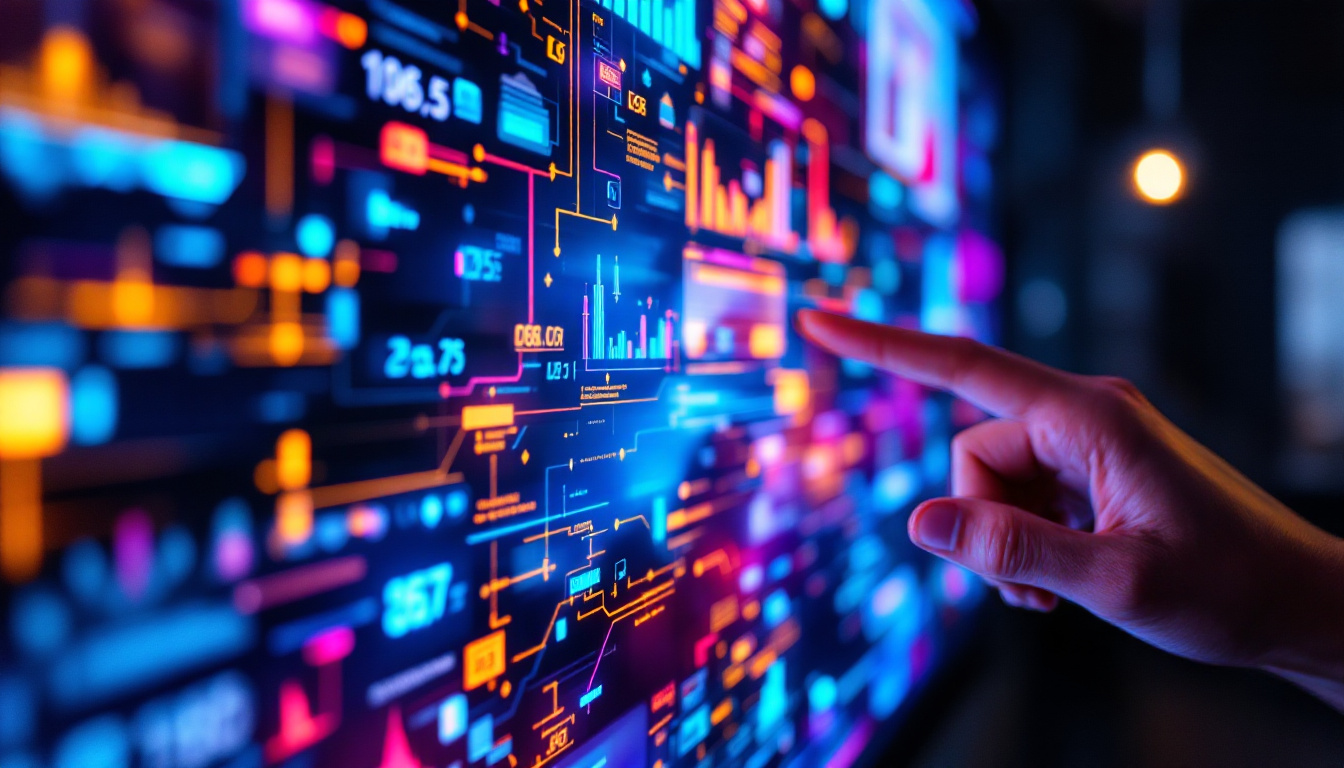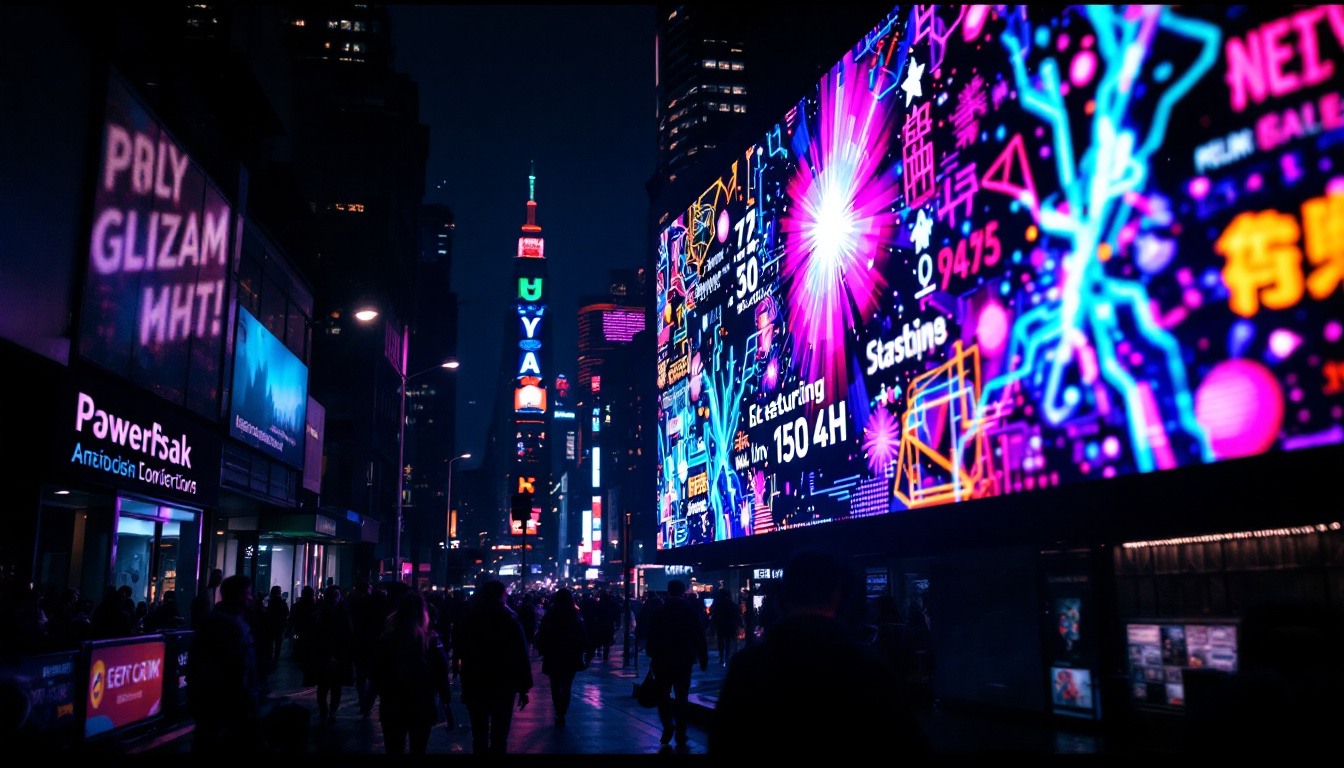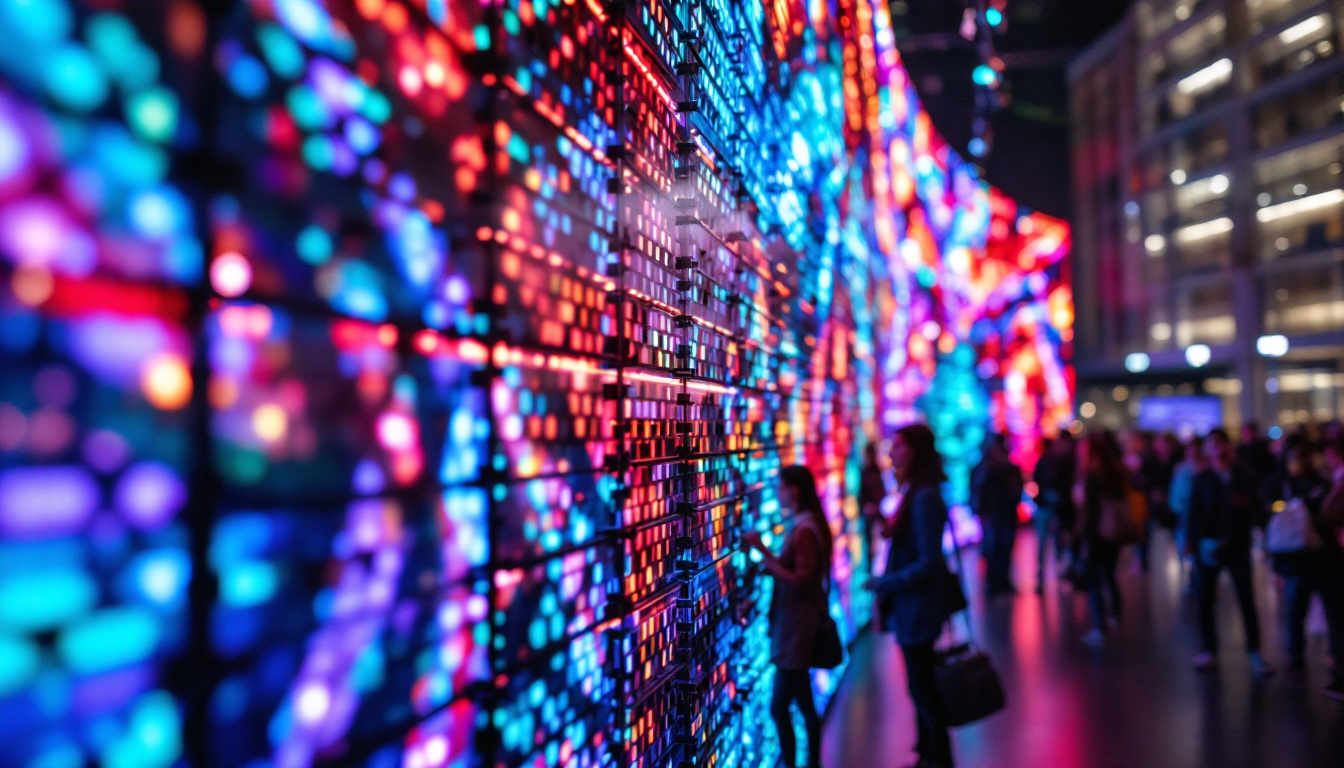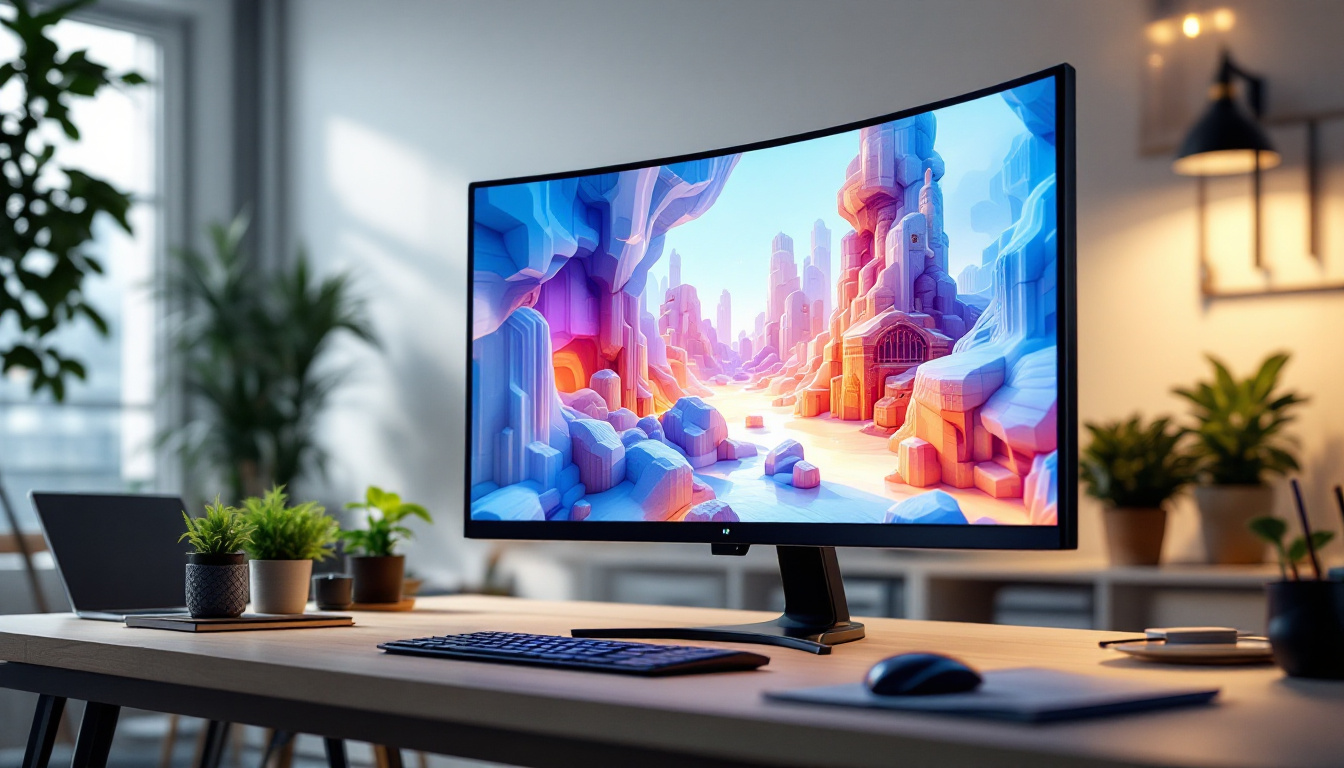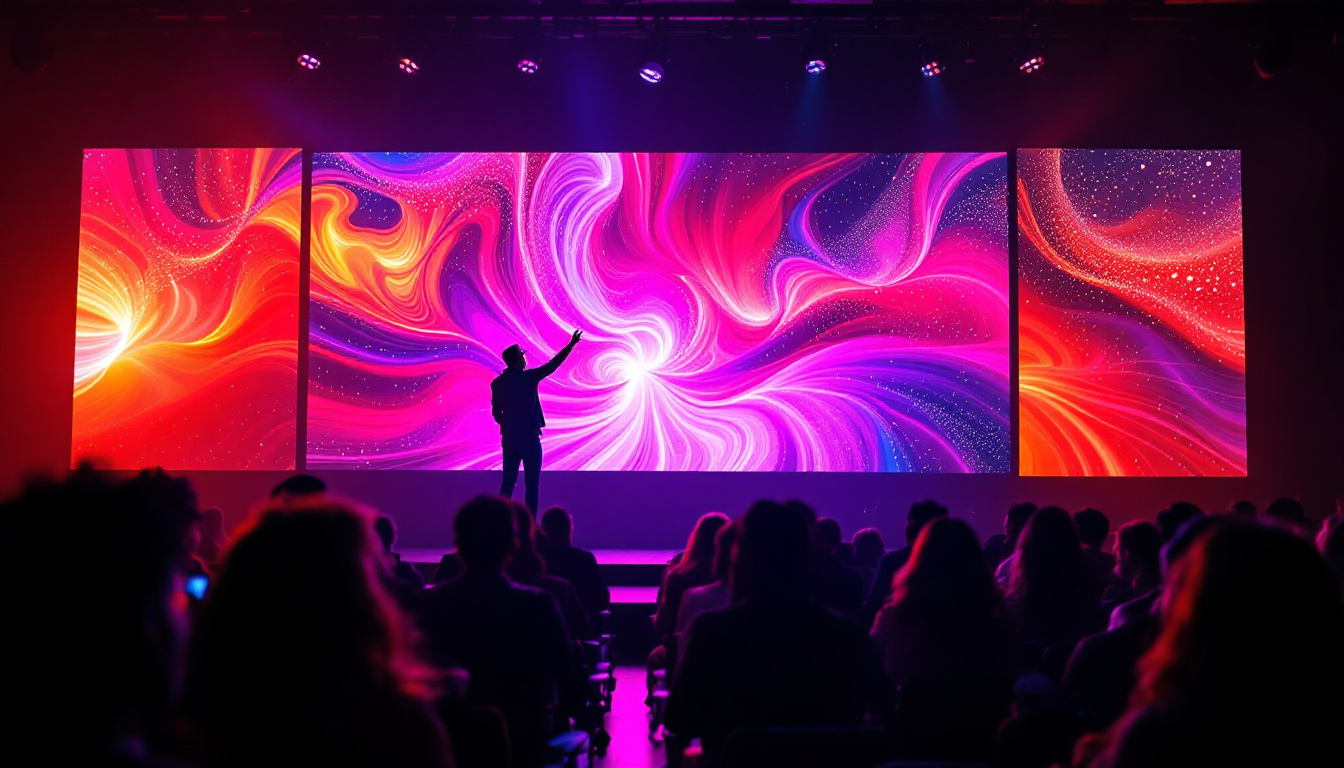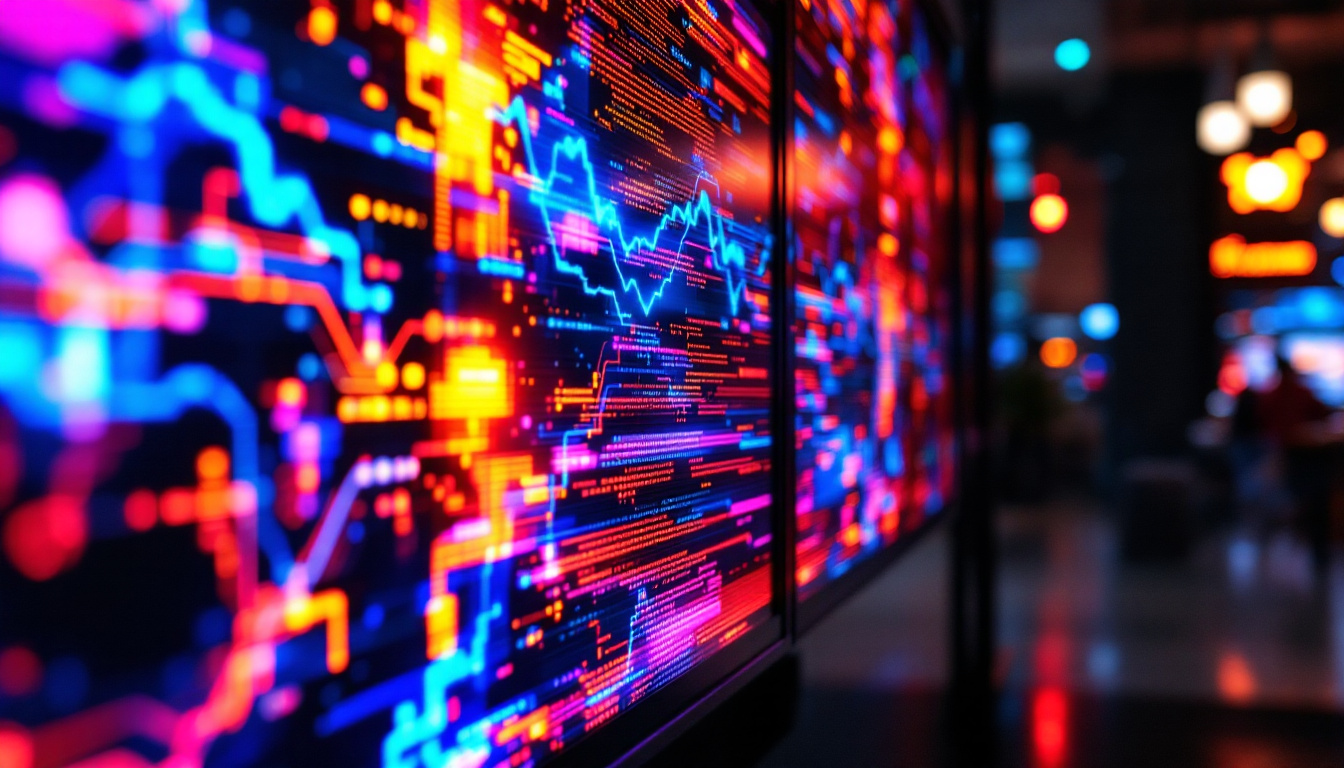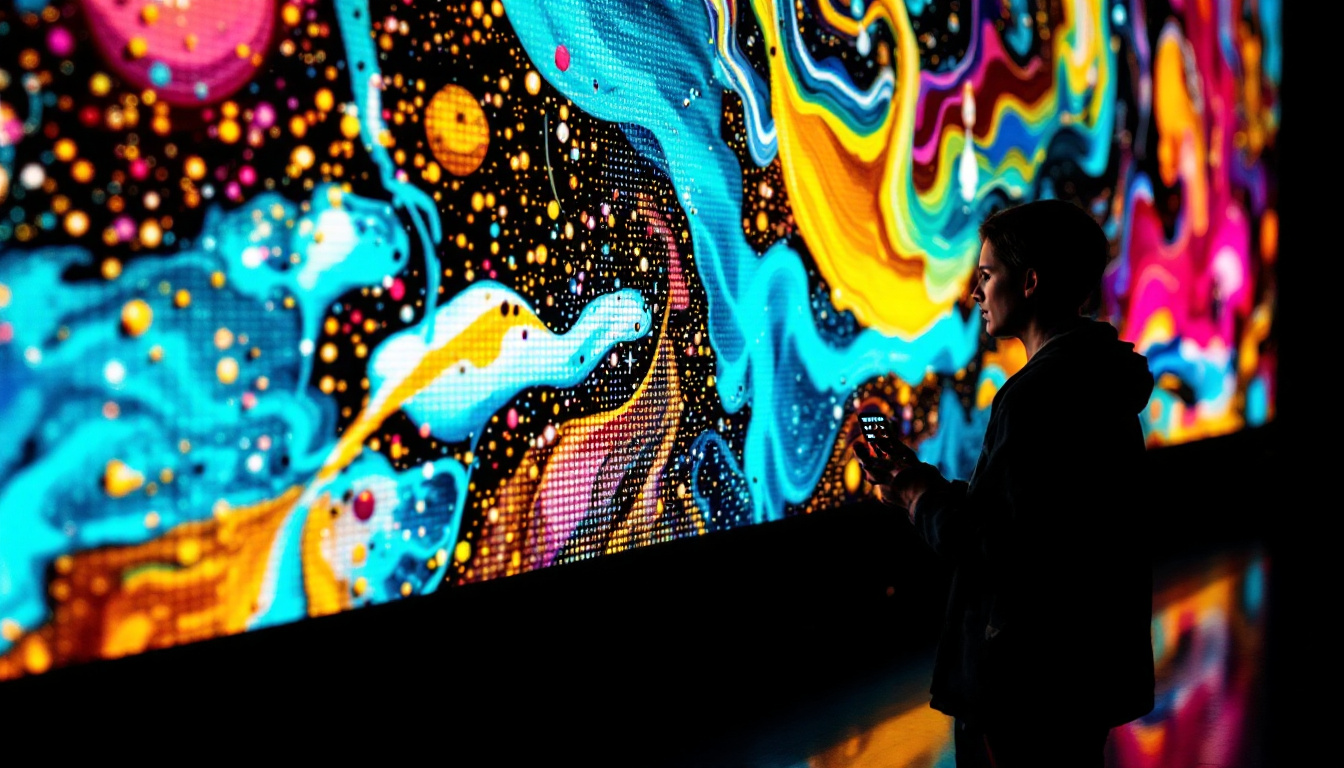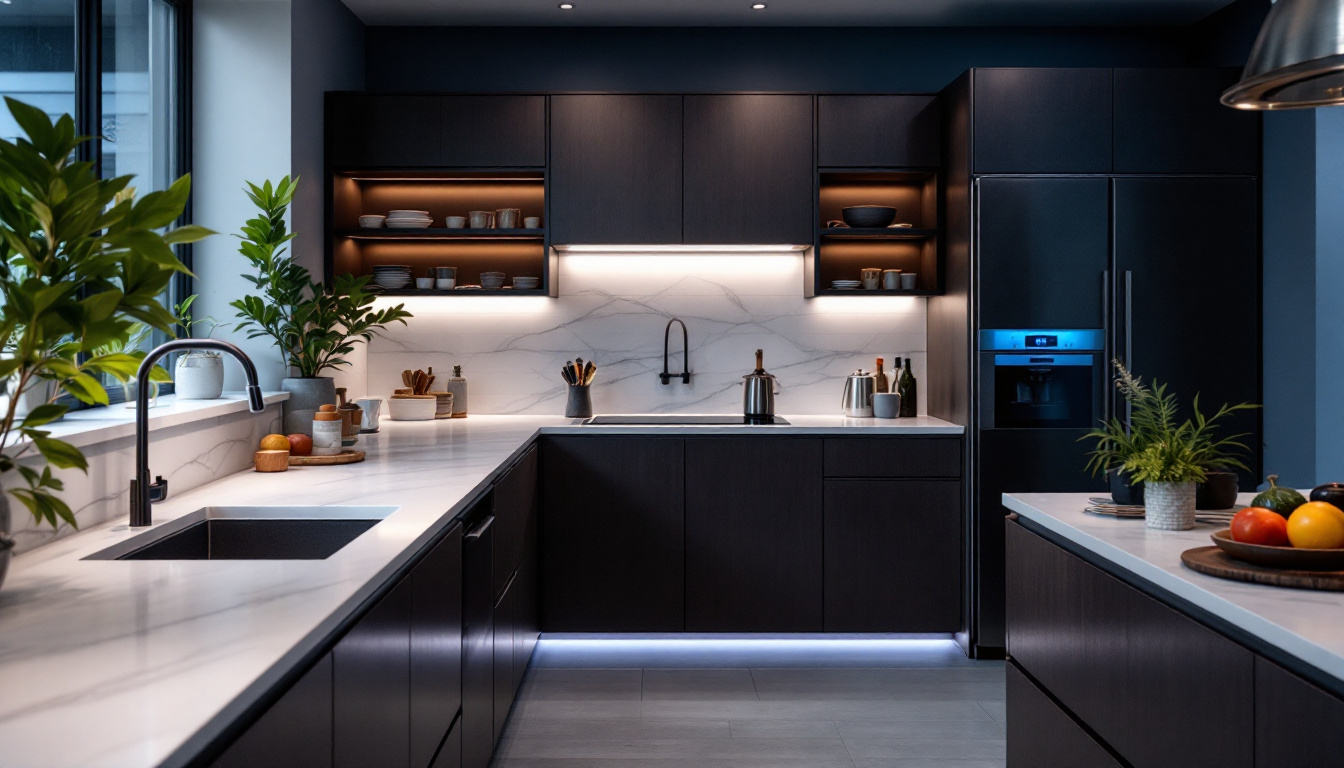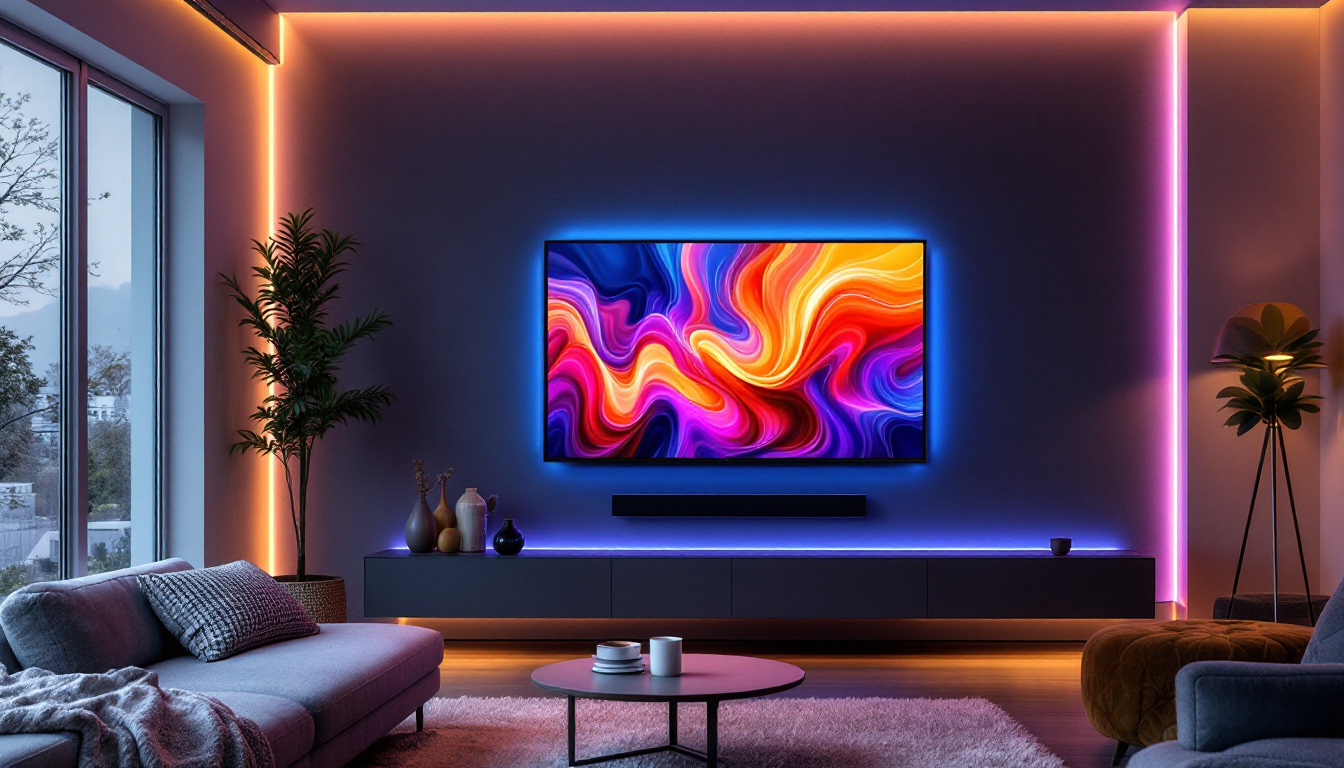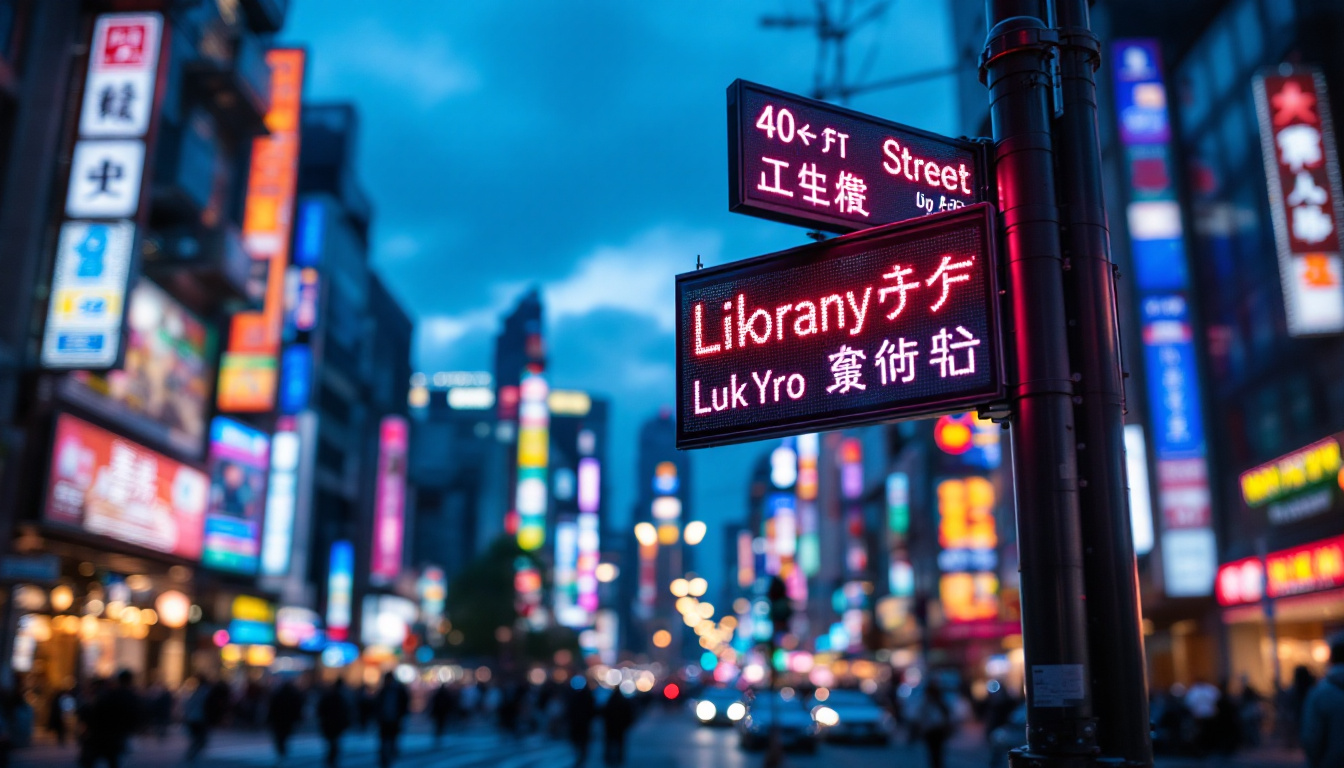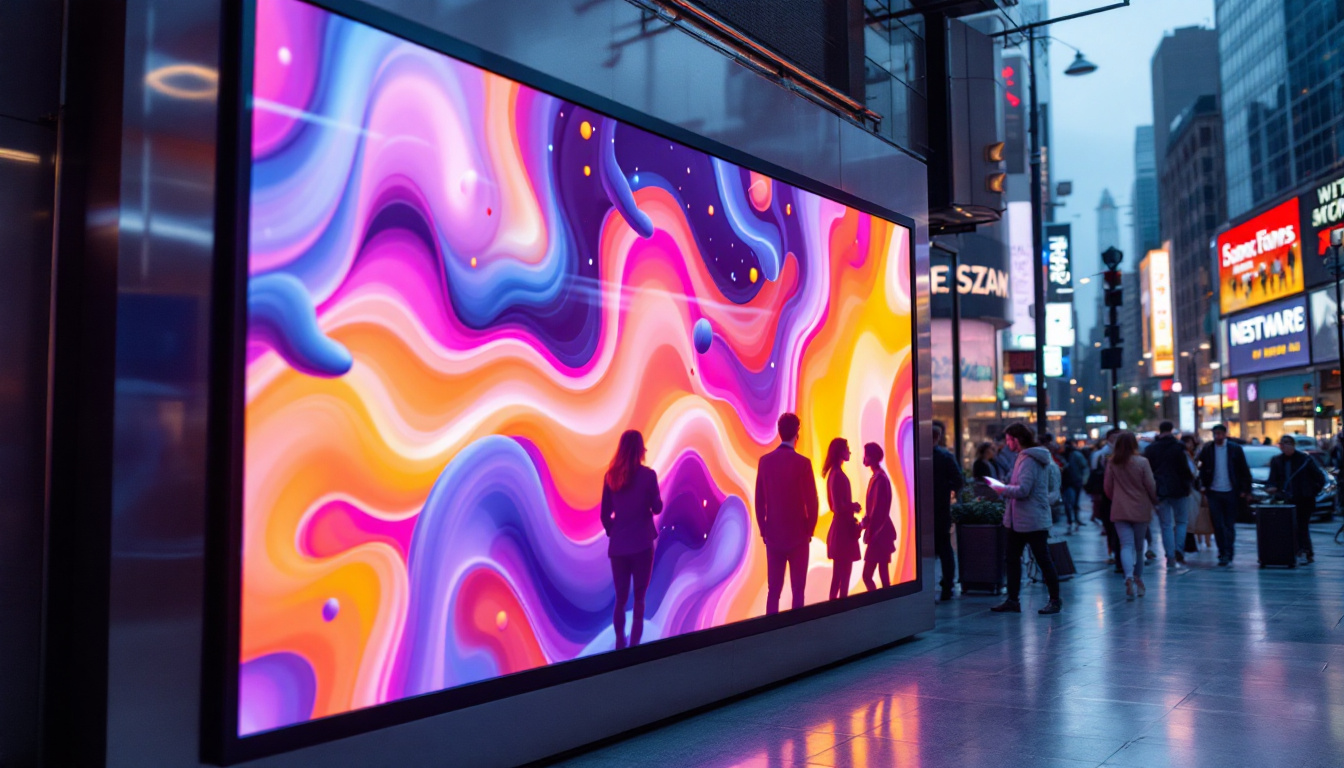In the realm of outdoor stage design, LED displays have revolutionized the way events are visualized and experienced. From concerts to festivals and corporate events, these vibrant screens offer unparalleled clarity and versatility. This article delves into the intricacies of LED displays in outdoor stage design, exploring their technology, benefits, and best practices for implementation.
The Evolution of Stage Design
Stage design has come a long way from traditional setups. Initially, stages were adorned with simple backdrops and basic lighting. However, the advent of technology has transformed this landscape dramatically. The integration of LED displays marks a pivotal moment in this evolution, allowing for dynamic visuals that enhance the overall experience.
Historical Context
Historically, stage design relied heavily on static elements. The introduction of electric lighting in the early 20th century was a significant advancement, enabling designers to create more immersive environments. As technology progressed, video projection systems began to emerge, but they often struggled with brightness and clarity in outdoor settings.
With the development of LED technology, outdoor stage design entered a new era. LED displays offer superior brightness, contrast, and resolution, making them ideal for large-scale outdoor events. This shift has allowed designers to think beyond traditional boundaries, incorporating moving images, animations, and real-time content into their designs. The ability to synchronize visuals with live performances has led to a more cohesive and engaging experience for audiences, blurring the lines between performance art and multimedia installations.
Understanding LED Technology
LED, or Light Emitting Diode, technology is at the heart of modern displays. Unlike traditional bulbs, LEDs are small, efficient, and capable of producing bright light with low energy consumption. This efficiency is particularly advantageous for outdoor events where power supply can be a concern.
LED displays consist of numerous individual diodes arranged in a grid. Each diode can emit different colors, allowing for a wide range of hues and shades. The combination of these diodes creates a full-color image, which can be manipulated to display anything from simple graphics to complex videos. Furthermore, the modular nature of LED panels means that they can be easily assembled into various shapes and sizes, enabling designers to craft unique and innovative stage layouts that cater to the specific needs of each production. This adaptability not only enhances the visual impact but also allows for a more fluid integration of stage elements, such as props and performers, into the overall aesthetic of the show.
Advantages of LED Displays in Outdoor Stage Design
The benefits of using LED displays in outdoor stage design are numerous. Their adaptability, durability, and visual impact make them a preferred choice among event organizers and designers alike.
High Visibility and Brightness
One of the most significant advantages of LED displays is their high visibility. Outdoor events often face challenges from natural light, making it difficult for traditional screens to compete. LED displays are designed to be exceptionally bright, ensuring that visuals remain clear and vibrant even in direct sunlight.
This high brightness level not only enhances visibility but also allows for a broader viewing angle. Audiences positioned at various distances can enjoy a consistent visual experience, making LED displays ideal for large crowds.
Versatility and Customization
LED displays are incredibly versatile, allowing for various configurations and sizes. Whether it’s a massive screen for a concert or smaller panels for a corporate event, LED technology can be tailored to meet specific needs. This adaptability extends to the content displayed as well, enabling real-time updates, live feeds, and interactive elements.
Moreover, LED displays can be seamlessly integrated into stage designs. They can be used as backdrops, side screens, or even incorporated into the stage itself, providing designers with endless creative possibilities. This customization allows for a unique visual identity for each event, enhancing the overall atmosphere.
Durability and Reliability
Outdoor events are often subject to unpredictable weather conditions. LED displays are built to withstand these challenges, featuring weather-resistant housings and components. This durability ensures that they can function effectively in rain, wind, and extreme temperatures, minimizing the risk of equipment failure during critical moments.
Additionally, LED technology boasts a long lifespan, reducing the need for frequent replacements. This reliability translates to lower operational costs for event organizers, making LED displays a smart investment in the long run.
Design Considerations for LED Displays
While the advantages of LED displays are clear, effective integration into outdoor stage design requires careful planning and consideration. Several factors must be taken into account to ensure optimal performance and visual impact.
Screen Placement and Size
The placement and size of LED displays are crucial for maximizing their effectiveness. Screens should be positioned to ensure that all audience members have a clear view, taking into account factors such as sightlines and distance from the stage. Larger displays may be necessary for events with larger crowds, while smaller, more focused screens can work for intimate gatherings.
Additionally, the angle at which screens are mounted can significantly affect visibility. Proper angling ensures that the display is easily viewable from various positions in the audience, enhancing the overall experience.
Content Strategy
Content is king when it comes to LED displays. The visuals displayed should be carefully curated to align with the event’s theme and objectives. High-quality graphics, videos, and animations can captivate audiences and enhance their engagement.
Moreover, incorporating real-time content, such as social media feeds or live event updates, can create a more interactive experience. This dynamic approach not only keeps the audience informed but also encourages participation, fostering a sense of community among attendees.
Technical Specifications
Understanding the technical specifications of LED displays is essential for successful implementation. Factors such as pixel pitch, resolution, and refresh rate play a critical role in determining the quality of the visuals. A smaller pixel pitch results in higher resolution, allowing for clearer images, especially at close distances.
Furthermore, the refresh rate impacts how smoothly content is displayed. A higher refresh rate is particularly important for fast-moving visuals, ensuring that the audience experiences a seamless presentation without flickering or blurring.
Best Practices for Implementing LED Displays
To maximize the benefits of LED displays in outdoor stage design, several best practices should be followed. These guidelines help ensure that the displays are not only visually stunning but also functionally effective.
Conducting Thorough Site Surveys
Before setting up LED displays, conducting a thorough site survey is essential. This process involves assessing the venue’s layout, identifying potential obstacles, and determining the best locations for screens. Understanding the audience’s viewing angles and distances will inform decisions regarding screen size and placement.
Additionally, site surveys help identify power supply needs and any logistical challenges that may arise during setup. Addressing these factors in advance can prevent issues on the day of the event.
Collaborating with Professionals
Collaboration with experienced professionals is key to successful LED display integration. Working with technicians who specialize in LED technology ensures that the displays are set up correctly and optimized for performance. Their expertise can help navigate technical challenges and provide valuable insights into best practices.
Moreover, involving creative designers in the planning process can lead to innovative content strategies and unique visual concepts. This collaborative approach fosters a cohesive design that enhances the overall event experience.
Regular Maintenance and Testing
Regular maintenance and testing of LED displays are crucial for ensuring their reliability during events. Before the event, screens should be thoroughly tested to identify any potential issues. This includes checking connections, brightness levels, and content playback.
During the event, having a dedicated technical team on standby can help address any unforeseen challenges promptly. This proactive approach minimizes downtime and ensures a smooth experience for both the organizers and the audience.
Future Trends in Outdoor Stage Design
The landscape of outdoor stage design continues to evolve, driven by advancements in technology and changing audience expectations. As LED displays become more sophisticated, several trends are emerging that will shape the future of outdoor events.
Interactive Experiences
One of the most exciting trends is the rise of interactive experiences facilitated by LED displays. As technology advances, audiences are increasingly seeking engagement beyond passive viewing. Incorporating interactive elements, such as touchscreens or augmented reality, can create memorable experiences that resonate with attendees.
These interactive displays can allow audiences to participate in real-time, whether through voting, sharing content, or engaging with event-specific applications. This trend not only enhances audience engagement but also fosters a sense of community among participants.
Integration with Other Technologies
The future of outdoor stage design will likely see greater integration between LED displays and other technologies. For instance, combining LED displays with drones or projection mapping can create stunning visual spectacles that captivate audiences.
Additionally, advancements in artificial intelligence may enable more personalized content delivery, tailoring visuals to specific audience segments based on real-time data. This level of customization could significantly enhance the overall experience, making events more memorable and impactful.
Sustainability and Eco-Friendly Practices
As environmental concerns grow, the demand for sustainable practices in outdoor stage design is increasing. LED technology is already more energy-efficient than traditional lighting, but further innovations are expected to enhance sustainability.
Future trends may include the use of solar-powered LED displays or recyclable materials in their construction. Emphasizing eco-friendly practices not only appeals to environmentally conscious audiences but also sets a positive example for the industry as a whole.
Conclusion
LED displays have transformed outdoor stage design, offering unparalleled visual experiences that engage and captivate audiences. Their advantages in brightness, versatility, and durability make them an essential component of modern event production. By understanding the technology, considering design factors, and following best practices, event organizers can harness the full potential of LED displays.
As the industry continues to evolve, embracing future trends such as interactivity and sustainability will further enhance the impact of outdoor stage design. With the right approach, LED displays will undoubtedly remain at the forefront of creating unforgettable experiences for audiences worldwide.
Illuminate Your Stage with LumenMatrix
Ready to elevate your outdoor stage design with the most advanced LED display technology? LumenMatrix is at the forefront of innovation, offering a diverse range of LED display solutions that bring your events to life. From the brilliance of an Outdoor LED Wall Display to the dynamic interactivity of a Floor LED Display, our products are designed to captivate your audience and amplify your message. Experience the future of visual engagement with LumenMatrix and transform your stage into a mesmerizing spectacle. Check out LumenMatrix LED Display Solutions today and redefine the way you connect with viewers.

